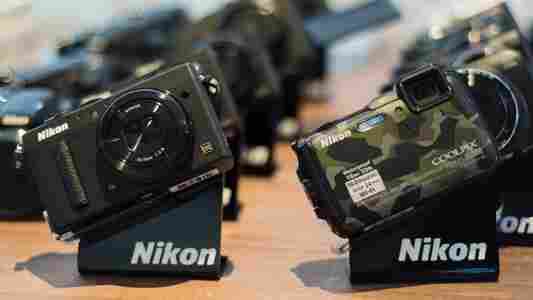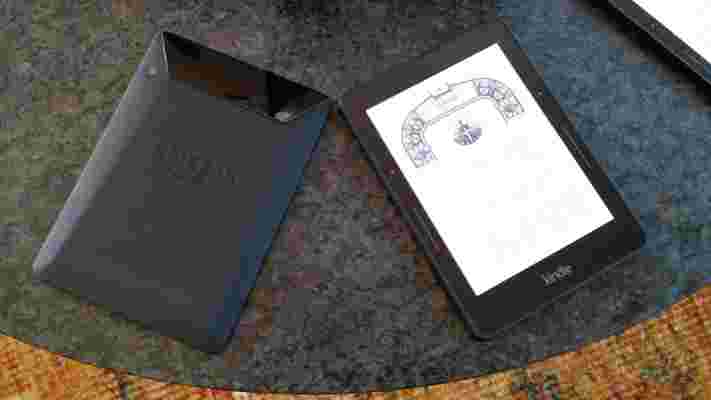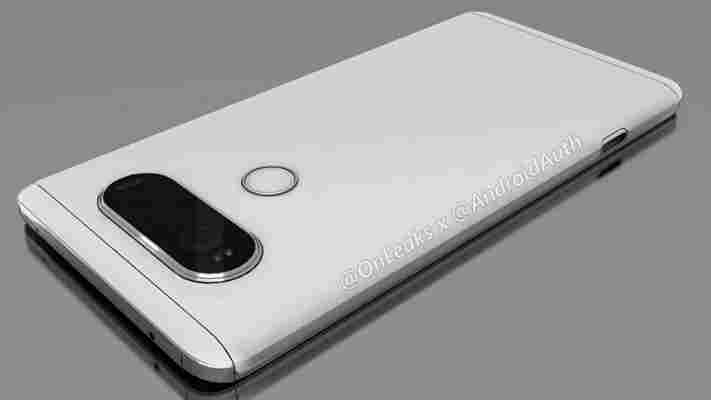Nikon has announced its own branded selfie stick for its Coolpix point-and-shoot camera line. The N-MP001 (Selfie Stick) is targeted to the following Coolpix models: S6900 (aka Selfie Ready), L32, AW130, S33, S7000, S3700 and S9900.

The device measures 7.28 inches in length when collapsed and 28.54 inches when fully extended. It weighs 6.56 ounces and can carry cameras weighing up to 14 ounces.
It connects to the tripod socket of your camera and also has a tripod socket at the bottom of the handle for attaching to a tripod or monopod. It has a foam grip and a hand strap for easy carrying when not in use.
A fixed pan-head allows you to easily change the position of the camera when it is attached to the Selfie stick. It operates via the timer, according to Nikon’s site.
Nikon’s signature selfie stick is available for pre-order at B&H and Adorama for $59.95. Nikon has confirmed it is on the way but there’s no indication of when it will ship.
The question of whether the world needs yet another selfie stick — at a time when public venues like concert halls, sports stadiums and museums are acting to ban them — is instructive, despite Nikon’s rather soft-pedal debut.
The Nikon stick is not the same as the myriad other ones out there, as it’s expressly designed for the safe handling of its own cameras and can arguably be used for shot-angle versatility apart from selfies.
That’s cool, but you still won’t be able to use it at the museum.
➤ Nikon Selfie Stick
Featured image via Shutterstock
Amazon unveils the $199 Kindle Voyage, a premium e-reader with haptic page-turning
Amazon today announced its latest high-end e-reader, the Kindle Voyage, which features a 7.6mm thin magnesium body, 39 percent brighter screen and new control panels at the bezel with haptic feedback.

The Kindle Voyage sports a new design that has the same, matte look with the addition of a glossy bar across the top of the back. The Voyage weighs in at just 6.4 ounces, and delivers 300 pixels per inch with Amazon’s Paperwhite display.
New to the Voyage’s design are “PagePress” sensors located at both sides of the screen. This is smartly placed at the bezel where most users rest their thumbs while reading, allowing them to gently press to turn pages.
With each page turn, haptic feedback provides confirmation that the action registered. Amazon says this is designed so users do not have to move their fingers to flip between pages and chapters.
The Voyage is available with free 3G included. The screen automatically adjusts its brightness levels to match adapt to the reader’s eyes during longer reading sessions.
In our brief demo with the Kindle Voyage, it is definitely the lightest and thinnest e-reader Amazon offered to date. The adaptive screen remains one of the Kindle’s strongest feature even without colors, and the embedded bezel page-turner is an excellent addition.
However, I can’t help but feel ticked by all the fingerprint grease left on the back of the device with just a little bit of use. The Voyage also does not have speakers or microphone built in for audio books or speech-to-text. Small gripes, but I suppose that’s what your Kindle app is for.
With the new Kindle Voyage, Amazon also upgraded its current Kindle line. The original Kindle now features a touch interface, a 20 percent faster processor and twice the storage from 2GB to 4GB – but it still lacks frontlight. Kindle Paperwhite also gets an upgrade with double the original storage at 4GB.
All three Kindle models will come with the latest software update that includes expanded X-Ray features, deeper Goodreads integration and better vocabulary settings. X-Ray for Books now lets users browse the chapters by images as well as “Notable Clips,” which summarizes chapters into short bullets to keep users up to date with where they last left off.
The software also features a Word Wise functionality for a number of titles to include vocabulary definitions in-line. Users (presumably ESL readers) can adjust their reading levels as they become more fluent so definitions will only show up for more advance words.
Despite all the enhancements, all three Kindles still sport a battery life of six to eight weeks. The Kindle Voyage will come with an optional origami cover for $45.
The new Kindle is priced at $79, new Kindle Paperwhite at $119 and the Kindle Voyage at $199. Pre-orders begin tonight on Amazonom, with devices shipping in October.
➤ Amazon Kindle Voyage
V20 renders show LG isn’t giving up on modular phones quite yet
The LG G5 didn’t make a great case for modular phones, but it seems the company isn’t abandoning modularity plans for the upcoming V20 .

Android Authority and @Onleaks published a few renders of the device, showing a remarkably different design from the previous V10. On the one hand, its angular metal body looks like a vast improvement over the amorphous blob that was the G5.
On the other hand I’m going to miss the V20’s mixture of rubber and metal that looked like no other smartphone out there. But hey, at least the peculiar secondary display is still there, living atop the main display.
Key to these renders are what appears to be a module-release button placed right where it was on the G5 . There’s also a similar seam between the bottom of the phone an the rest of the body.
We weren’t huge fans to LG’s approach to modularity with the G5, so we’re not too crazy about seeing it returning here. We would’ve preferred something more akin to the Moto Z , at least, but it’s likely the V20 has been in production for too long for the company to change plans after the G5’s lackluster sales.
Also like the G5, the V20 is also sporting two rear cameras in this render (while abandoning the second front-facing one of its predecessor). This is a good thing – the secondary wide-angle camera was arguably the G5’s best feature.
In terms of overall build, the phone is 7.7 mm thick (8.8 mm at the camera), and the thin side bezels make the phone narrower than the bulky V10.
And that’s about it. We don’t know the device’s specs yet, but we assume it will be the usual combination of Snapdragon 820/821 and 4GB of RAM. At least we know it’ll be packing Android Nougat when it launches.
Head on over to Android Authority below for more renders.
